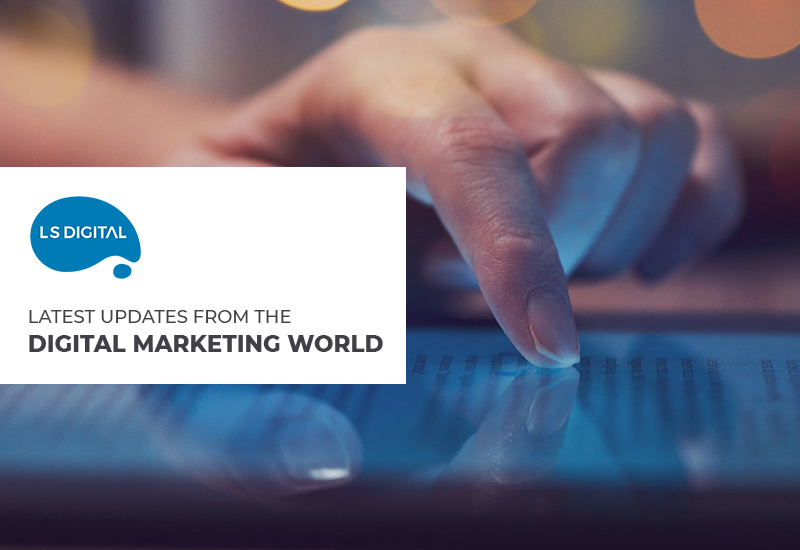Google Q&A was rolled out in August 2017. It is a customer-facing feature that allows prospective customers and brands to enquire and respond to questions pertaining to a particular business. These answers are taken via the local knowledge panel and are displayed on the search results page. This also allows users to upvote the answer.
What are the new updates?
A few days back, Google announced it is expanding support for rich results within Q&A pages on the web. Google’s aims to use the Q&A feature to offer customers with additional information about a particular organisation or brand. It will help customers to find significant and well-timed responses to common queries. It also prompts them to be directed to the business site from this knowledge panel itself.
This new supported structured data format is developed and designed to help Google with the question and answer formatted snippets carousel. This snippets carousel lets users slide through answers and questions from Q&A pages.
This Q&A structured data works for sites that have pages that are already in question and answer format. This is mainly designed for social news sites, forums, and help and support message boards.
A look at the Q&A pages guidelines for better results
Google has officially published structured data markup to design this type of Q&A pages for businesses. Appropriately marked up pages are qualified to have a rich result displayed on the search engine result pages. This rich treatment helps in reaching the right users on search. Marking up Q&A pages helps Google generate a better snippet for a webpage.
There are following guidelines to design Q&A page for the rich treatment. One must follow these guidelines.
- One should mark up his/her website’s pages by applying any of the three compatible formats like JSON-LD, Microdata, and RDFa. Then only it can be eligible for the rich result.
- One should not use access control mechanisms like robots.txt or noindex. This will prevent proper indexing of the structured data pages to Googlebot.
- Always use the most recent and original content.
- Never mark up misleading or irrelevant content.
- Content should not promote any violence, negative, or harmful activities.
- Make sure to abide by the schema.org guidelines for correct relevant type and property names.
- All image URLs have to be accessible for bot crawling and indexing.
How to use it effectively?
The primary approach for getting higher clicks through these Q&A pages is mainly divided into five parts that any business or an SEO agency should use to get the desired result.
- Plan
The primary goal of Q&A pages is to help and ease the customer journey from search to call. So an SEO agency should assist a business or brand in planning the content.
- Post
Google expects that the business will get engaged in the Q&A process. So the business or the agency working on behalf of them should post their questions.
- Monitor
One should properly analyse the questions which are responded efficiently.
- Respond
Users should properly respond to the questions in a timely fashion. That will help the future searchers to see that the business was engaged and responsive.
- Report
Users should familiarise themselves with the new Google Maps User Contributed Content Policy. Any answers or questions should not violate this policy. If it occurs, then it should be reported to Google as it can poorly reflect on the business.
Rich results can help strengthen the display of a search result among many other search results. Of course, if the snippet has a carousel with answers and users can scroll through then it will definitely get a higher click than the standard blue link results or regular snippets.




